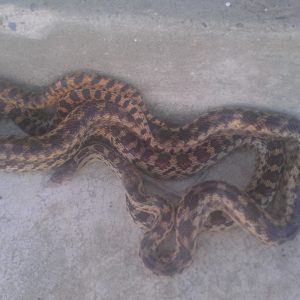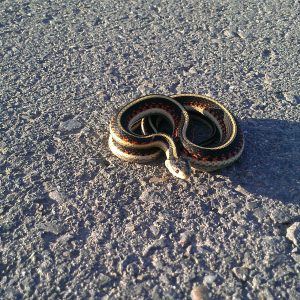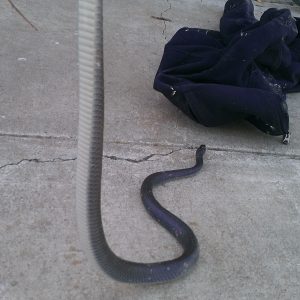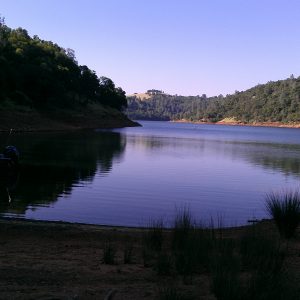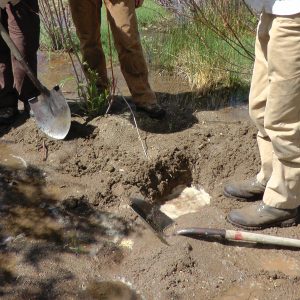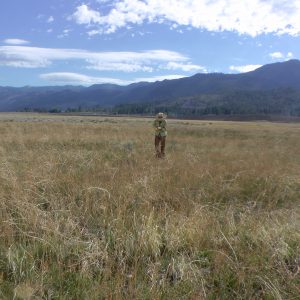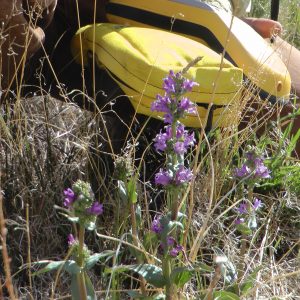Hello, my name is Nathan Reese and I am interning for the Chicago Botanic Garden at the Bureau of Land Management, Coos Bay District. I was hired to conduct a survey of a number of different noxious weeds with the top priority being Scotch and French Broom. I have lived in central Illinois my entire life and this has been my first true experience with the Pacific Ocean except for a small trip to Seattle three years ago. Living on the coast has been amazing so far. On my last day driving out here, I started my day in Mountain Home, ID and drove the 600 miles thought the high desert of Eastern Oregon up to the Cascade Mountains and back down to finally meet the Pacific Ocean. It was an amazing sight to see the sun setting over the Pacific Ocean for the first time. The second day was spent exploring the coast line and every stop we made left me in awestruck over the beauty of the west coast.
In the four weeks I have been here I have had several opportunities to experience many of the different career fields that are stationed in the Coos Bay office. One day we went out with one of the BLM wildlife biologists to replace deteriorating bat boxes with new Purple Martin boxes and went to Dean Creek Elk Viewing Area and got to get up close to Roosevelt Elk. One day we made it out in the field with a botanist to help with identifying many native species as well as the noxious weeds. We also drove out to the to the sight of the Doerner fir which is the world’s largest Douglas Fir at 329 feet tall (I am 6’2” with an equal wingspan). I had never been next to a tree that large before and I still can’t believe how amazing it was to walk through such a large old growth forest. Just this last week, I went out with The Snowy Plover Crew to put up 3 miles of rope fencing and got to see nearly 30 birds. After talking with the biologist, he indicated that the populations have been getting larger over the last 10 years.
My best experience I have had so far was to go out with the Spotted Owl surveys. We went out on a daytime calling to see if we could locate any individuals in a potential area. The very first sight we went to, we immediately picked up one calling about 150 m away. We quickly followed him to a tree where he met up with a female. We were able to call them down from the top of the trees to the branches just 12 feet above me. We had brought along mice to bait them down and observe how they went about feeding which indicates there reproductive status. By holding a stick with a mouse three feet away from me, the male owl flew down and grabbed the mouse. It was amazing to have such an endangered bird fly so close to me. We fed them 6 mice in all and I was able to lie down and have them fly above my head to retrieve the mice. This is quite possibly the only chance I will ever get to see these birds in my life.










